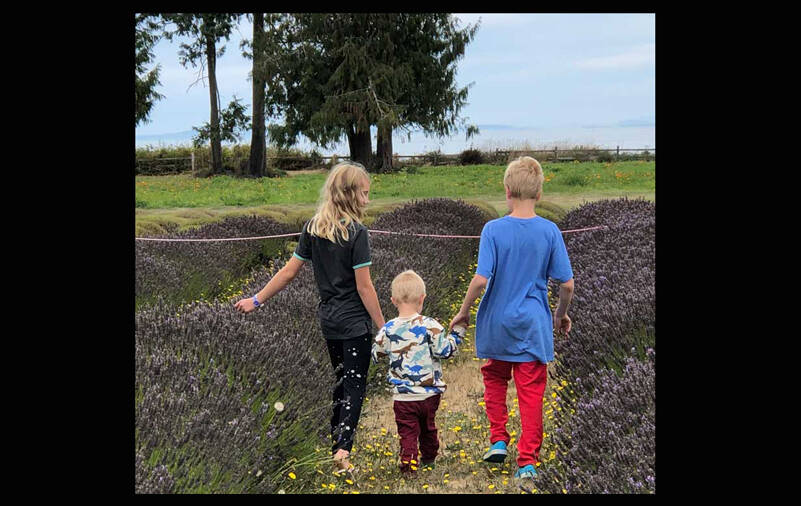By Morf Morford, Tacoma Daily Index
Most of us spend far too much time sitting. And even more time in front of a screen. Both of these impact our health. From posture to back problems, to vision, these modern habits of work and entertainment have changed us.
Rates of diabetes, heart disease, high blood pressure, high cholesterol and obesity have expanded dramatically the past few decades – largely related to how we literally spend most of our waking hours.
A generation or two ago, “work” meant labor, or at minimum, near constant activity. And almost never sitting still. Or sitting at all. Now, far too many of us spend the bulk of our work day – and our leisure time – sitting and looking at a screen.
A physical therapist recently told me that the most important thing any of us can do for our health is to stretch – not just exercise.
Movement snacks
“Movement snacks” are bite-sized spurts of exercise throughout the day. For most of us, that would be a quick 5 to 10 minute “snack break” of walking, jogging, or squats – anything to get the heart rate up – and those muscles moving.
The U.S. Department of Health and Human Services recommend a minimum of 150 minutes of moderate-intensity activity each week (or 75 minutes of vigorous activity). That is about 30 minutes a day, five days a week, of activities such as brisk walking or pickle ball.
The “side effects” of doing this are all good – better sleep, increased longevity, clearer thinking, more receptive learning, and better judgment. And, for those of us in challenging situations, “movement snacks” help reduce stress.
Exercise ain’t us
Few words have as much baggage and bad memories as “exercise”. Doesn’t everyone have a sense of obligation, pain, exertion, sweat and boredom wrapped around that word?
Do any of us have good memories of PE classes in school? Yes, the movement was fun (sometimes) but the larger context for many of us was near-constant humiliation, embarrassment, body-shaming and bullying – if not worse.
The last thing most of us would welcome is another thing we “should” do – and that, according to some at least, requires special clothes and shoes, (usually expensive) equipment, a place to go, and of course, time and motivation to do it.
And, even worse for most of us, a “trainer”.
Movement is us – all of us
In a well-known 2008 study, people who sat for hours at a stretch developed blood sugar and cholesterol problems at much higher rates than people who often got up and moved – no matter how much any of them exercised.
But what if we did what we like to do, and didn’t change our lives or buy new clothes to do it?
What if we didn’t think about the term “exercise” and more about the ultimate basic and universal act of movement?
Everybody moves
Everyone of us moves. But not just every person moves, every living thing moves.
We might think of the “vital signs” of life as being pulse, heart rate, body temperature, and respiration, but I would submit that movement is the most basic, universal and “vital” sign of all.
Movement, being physically active, is common to all creatures, all across the planet, over all of history.
Movement is the most fundamental aspect of being alive. We, humans and all creatures, are hard-wired to explore the world, to move our bodies in habitat, to express ourselves and to move in search of food on shelter and in response to threats.
Exercise, in contrast, is a modern, usually sterile, even intimidating, invention. It’s no wonder that many of us dislike if not deliberately avoid it.
The irony is, however, that most of us like, even enjoy movement: it’s defined, separately delineated “exercise” that we don’t like.
Take a snacktivity break
Movement, from dancing to walking around the neighborhood, is an act of engagement, participation and even belonging.
I’ve held a couple of quasi-official positions in my neighborhood, but nothing is better than just wandering around and chatting to whoever else is out or just in general keeping an eye on things.
Exercise gives us sets, reps, steps and mileage, but movement gives us powerful experiences that connect us to our communities, friends and ourselves.
You can find out more about movement and why we need it here.
Chairs changed us
It might be hard for many of us to believe, but there was a time before chairs. And screens. And a time when no one needed to “exercise”. Our bodies (and muscles) were far different then. The key principle to a long and healthy life is very simple – keep moving.





